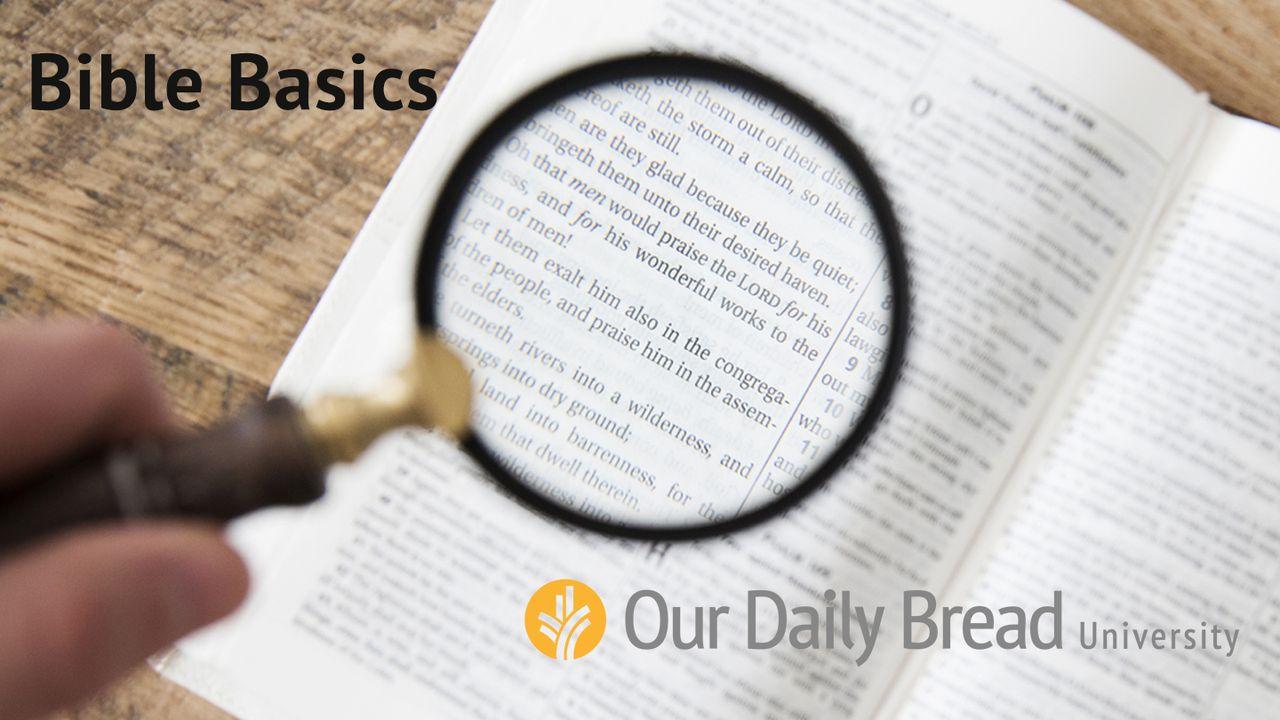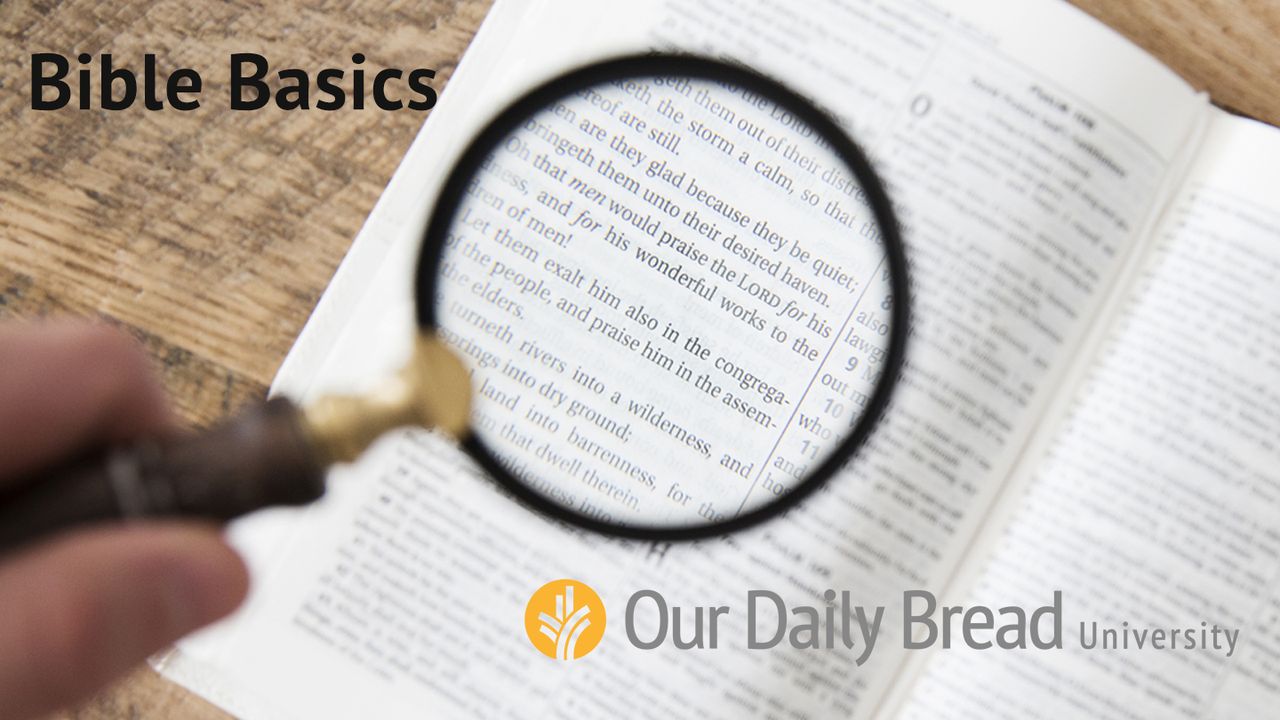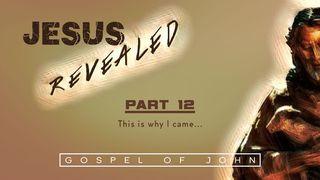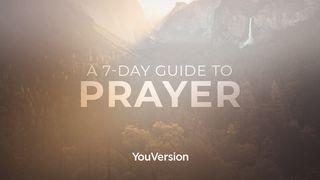Plan info
Our Daily Bread - Bible BasicsSample

Exile (586-400 BC)
Happily, the story of the Old Testament does not end with Jerusalem in ruins and her people exiled in Babylon. Rather, it concludes with the return of the Jews to Jerusalem, the rebuilding of the walls, and the restoration of the temple. It also tells of the spiritual rebirth of the people and their willingness to trust in the leading of God.
The period of the Exile actually covers two subjects: (1) the exile in Babylon, and (2) the return to Jerusalem. Two different nations ruled Judah in exile. Babylonia was crumbling and in 536 BC (50 years after the Jews were deported) the kingdom of Medo-Persia succeeded in conquering her. The new ruler, Cyrus, allowed the Hebrews to return to their land. Under Zerubbabel, 42,360 Jews made the long journey back to Jerusalem and immediately began work on the temple.
Opposed in their project by the Samaritans, the people became discouraged. Work on the temple ceased for about 10 years, and the people slid back into spiritual complacency. But the preaching of Haggai and Zechariah, as well as the spiritual leadership of Ezra, caused them to take up the work again. They completed the temple in 515 BC.
About 50 years later, Nehemiah, still in Babylon, felt a great concern for the Jews of Jerusalem. As one of King Artaxerxes’ important servants, he was able to approach the monarch for permission to lead a procession back to Jerusalem and rebuild the walls of the city. Permission was granted and funding supplied. In record time the walls were rebuilt.
After 12 years, Nehemiah returned to the court of Babylon. In his absence, the people and priests took up their evil ways once again. The prophet Malachi was raised up to point out their sins and warn them about the judgment of God.
Seeing God. As we read about the decree of Cyrus in Ezra 1, we observe the following truths about God:
In Babylon’s practice of letting a nation maintain its ethnic and religious identity, we see God at work protecting His people.
In the captivity, we see God’s ability to move a whole nation to accomplish His purposes.
In the decree of Cyrus, we see His power to direct the thinking of a powerful ruler.
In the provision of material to build, we see His power to supply.
In the return of the Jews, we see God’s commitment to His covenants and prophecies.
In the return of Israel, we see His exaltation among the nations.
Seeing Ourselves. We can see ourselves in the era of exile and return in the following representative ways:
In Israel’s exile, we see our own sense of estrangement from God because of sin.
In the Jews’ return to faith, we see our own flight to God in times of chastisement.
In the decrees of Cyrus and Darius, we recognize the hand of God directing our affairs.
In Esther’s courage, we see our own potential for stalwart deeds of faith (Esther 8).
In the returned exiles’ fear of opposition, we see our own trembling before God’s foes (Ezra 4).
In their stopping the building of the temple, we see our own lack of determination (Ezra 4).
In Daniel’s courage, we see our own potential to stand up for our convictions (Daniel 1, 6).
In Israel’s hope of the Messiah, we see our own expectation of His return.
Scripture
About this Plan

Are you curious about the Bible? Is any of it even relevant for today? The Bible Basics devotional provides you with an overview of the Bible and will demonstrate how the Old and New Testament books fit together. You wil...
More









